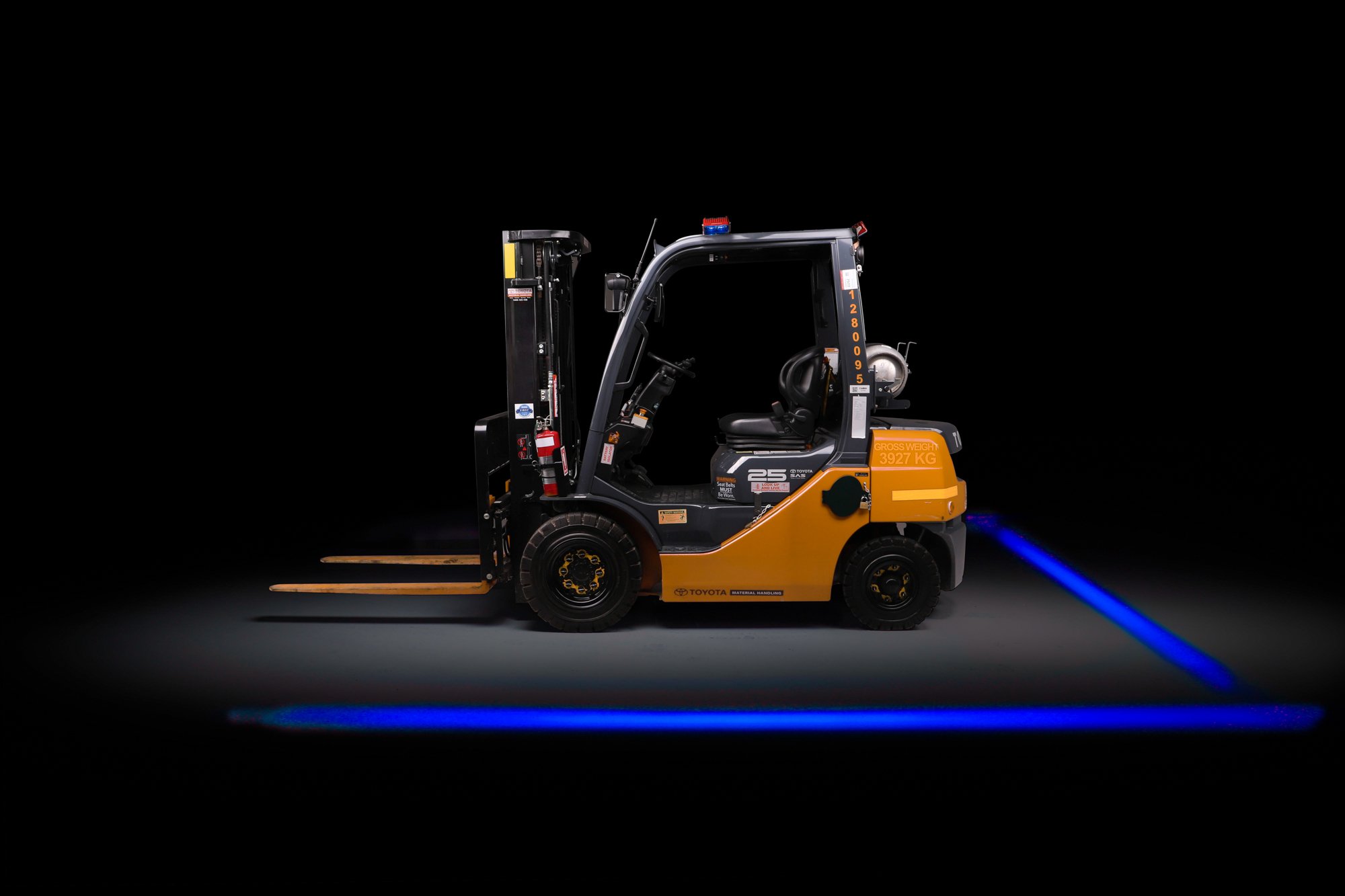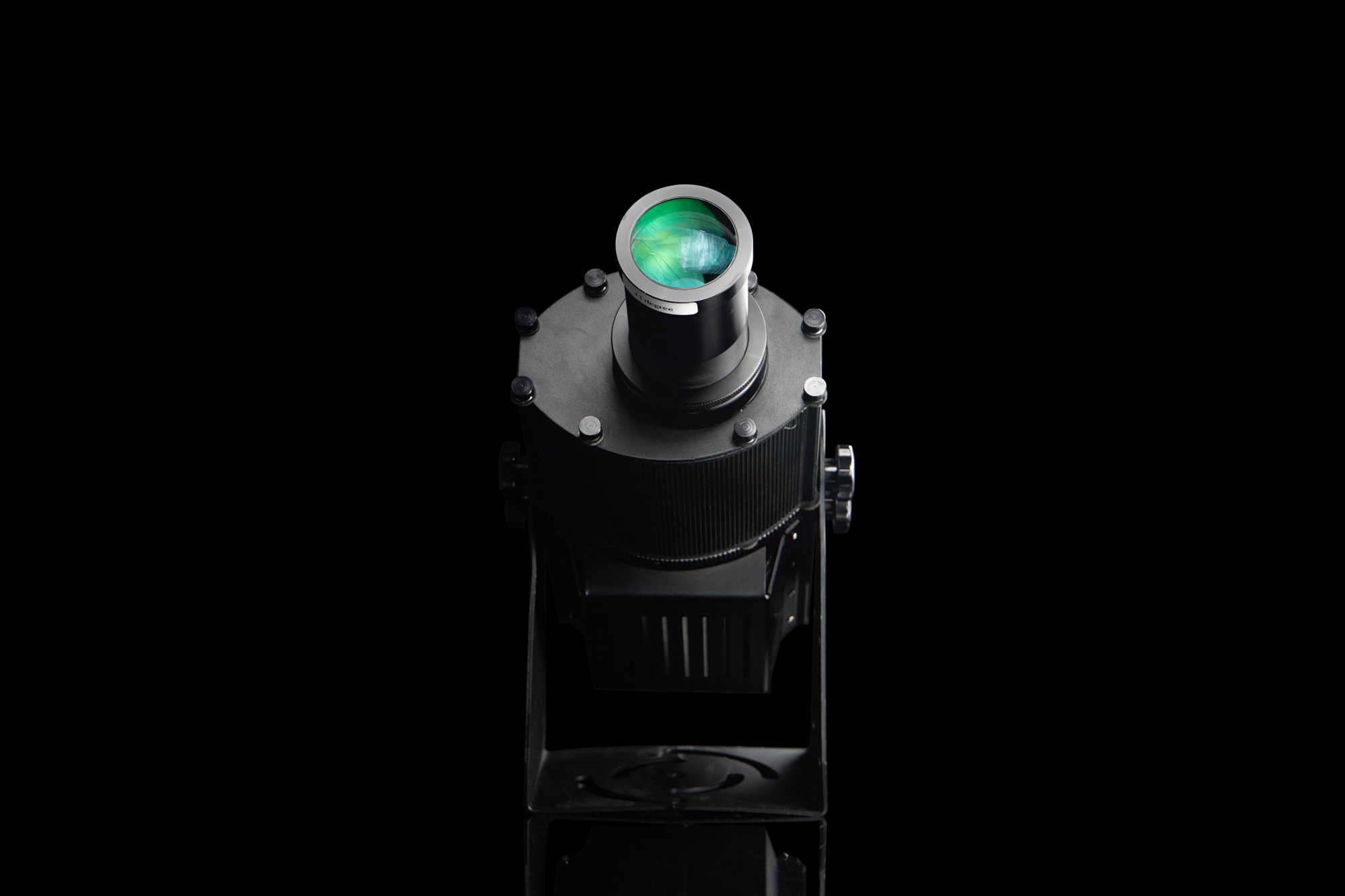ROAD, RAIL, AND TUNNELLING
In the dynamic realm of civil construction encompassing road, rail, and tunnel projects, a vast array of heavy machinery forms the backbone of infrastructure development. Excavators, bulldozers, and cranes tackle earthmoving and grading tasks, while specialised equipment like tunnel boring machines and aerial work platforms handle intricate underground and elevated construction challenges. This industry’s complexity demands rigorous safety protocols to mitigate risks posed by powerful machinery in hazardous environments.
Industry overview
In the civil construction industry encompassing road, rail, and tunnel projects, a diverse range of heavy machinery plays a pivotal role in shaping infrastructure. Excavators, bulldozers, graders, and trenchers are integral for earthmoving and grading tasks, while concrete mixers and pavers ensure precise construction of roads and rails. Tunnel boring machines are crucial for underground excavations, while cranes and aerial work platforms facilitate elevated construction. The industry’s complexity demands robust safety protocols due to the hazardous nature of working with powerful machinery in challenging environments. Efficient coordination of these machines ensures timely project completion while prioritising worker safety and environmental sustainability.
In civil construction, safety issues predominantly stem from the proximity of heavy machinery to workers and the potential for collisions between machines. The operational environments often involve the use of large equipment such as excavators, bulldozers, and cranes, which operate in close quarters and pose significant risks due to their size and power. Blind spots and limited visibility can contribute to incidents, where workers may inadvertently enter hazardous areas and face the risk of serious injury or fatality. The dynamic nature of construction sites, coupled with the rugged terrain and demanding schedules, exacerbates these safety challenges, necessitating stringent safety protocols and constant vigilance to prevent accidents.
Safety Halo application
The Safety Halo™ system contributes significantly to reducing incidents in the civil construction industry by creating visible exclusion zones around operating machinery. These zones serve as clear boundaries that delineate safe areas where workers should not enter during operations. By employing lasers or lights, the Safety Halo system enhances visibility in various conditions, including low light or poor weather, which are common on construction sites. This visual indication helps both operators and ground personnel maintain safe distances from moving machinery, thereby mitigating the risk of collisions and crush incidents. The system’s effectiveness lies in its ability to trigger subconscious safe behaviours among workers, ensuring they instinctively stay clear of danger zones, ultimately enhancing overall safety on construction sites.
In civil tunnel construction, the Safety Halo lighting system plays a crucial role in enhancing safety by marking out walls and walkways with clear and visible lines of light. This feature helps guide workers and machinery operators through the confined and often complex spaces of tunnels, reducing the risk of collisions and ensuring efficient movement within the site. Additionally, our proximity detection technology alerts pedestrians and equipment operators to the presence of oncoming machinery or vehicles in the many blind spots and connecting tunnels. Using projected imagery and warning symbols, the proximity detection will turn on projected signage when triggered by oncoming machinery, promoting a safer working environment where all personnel can navigate with heightened awareness and precision.
Road construction machinery
Road construction involves a variety of heavy machinery designed to perform specific tasks efficiently. Some common types of machinery used in road construction include:
Excavators: These are versatile machines used for digging trenches, foundations, and for general earthmoving tasks.
Bulldozers: Essential for grading and levelling terrain, bulldozers are powerful machines equipped with a large metal plate (blade) at the front.
Graders: Used to ensure a level surface and proper drainage on roads, graders have a long blade that can be adjusted to create a smooth and even surface.
Rollers: These machines compact soil, gravel, asphalt, or concrete to create a solid and smooth surface for roads. They come in different types such as smooth drum rollers, padfoot rollers, and pneumatic rollers.
Pavers: Asphalt or concrete pavers are used to lay down and finish surfaces with precision. They ensure the proper thickness and smoothness of the road surface.
Dump trucks: Essential for transporting materials such as gravel, sand, asphalt, and concrete to and from construction sites.
Asphalt mixing plants: These plants produce asphalt mixes used for road surfaces. They combine aggregates, binder, and filler materials under controlled conditions to ensure quality pavement.
Cold milling machines: Used for removing layers of pavement from roads, cold milling machines are essential for rehabilitation and maintenance projects.
These machines, operated by skilled personnel, work together to build and maintain roads, ensuring safe and efficient transportation infrastructure.
Railway construction machinery
In the construction and maintenance of railways, various types of specialised machinery are used to ensure efficient and safe operations. Some common types of machinery include:
Ballast regulators: These machines are used to shape and distribute ballast along the tracks to ensure proper stability and drainage.
Tamping machines: These are essential for maintaining the alignment and stability of railway tracks by adjusting and compacting the ballast under the ties.
Track renewal trains: These trains are equipped with various machines for replacing old rails, sleepers, and ballast to renew the track infrastructure.
Rail grinders: Rail grinders are used to maintain the profile and smoothness of railway tracks by grinding away irregularities and restoring the correct rail shape.
Catenary maintenance vehicles: These vehicles are used for maintaining overhead catenary systems, which provide electrical power to electric trains.
Ballast cleaning machines: These machines remove old ballast, clean it, and replace it with new ballast to ensure proper track stability and drainage.
Railway cranes: Railway cranes are used for various tasks such as lifting and placing rails, sleepers, and other heavy materials during construction and maintenance activities.
Rail welding machines: These machines are used to weld rails together to create seamless joints, ensuring smooth and continuous track alignment.
Undercutters: Undercutters are used for removing excess ballast and dirt from underneath the tracks to improve drainage and stability.
Railway maintenance Vehicles: These vehicles are equipped with various tools and equipment for inspecting, repairing, and maintaining tracks, switches, and other infrastructure components.
These specialised machines and vehicles play a crucial role in ensuring the safety, efficiency, and reliability of railway transportation networks.
Tunnel construction machinery
In the construction of tunnels for road or rail, several specialised types of machinery are essential for excavation, support, and overall tunnel construction. Common types of machinery used in tunnel construction include:
Tunnel boring machines (TBMs): TBMs are massive machines used to excavate tunnels by boring through rock or soil. They can range in size and complexity depending on the tunnel diameter and ground conditions.
Roadheaders: Roadheaders are machines with a rotating cutting head mounted on a boom that excavates rock or hard soil in a tunnel. They are versatile and can work in confined spaces.
Drilling kumbos: Drilling jumbos are used for drilling blast holes in rock surfaces to facilitate blasting operations during tunnel excavation.
Shotcrete machines: Shotcrete machines are used to spray concrete onto tunnel walls for structural support and reinforcement.
Excavators: Excavators with various attachments such as buckets, rock breakers, or augers are used for general excavation and material handling within the tunnel.
Loaders: Loaders are used to transport excavated materials and supplies within the tunnel construction site.
Dump trucks: Dump trucks are essential for transporting excavated rock, soil, and other materials out of the tunnel or to designated disposal areas.
Tunnel lining machines: Tunnel lining machines are used for placing precast concrete segments or forming in-situ concrete linings to support and stabilise the tunnel walls.
Grouting equipment: Grouting equipment is used to inject grout into the ground surrounding the tunnel to stabilise soils or rock formations and prevent water ingress.
Ventilation systems: Ventilation systems, including fans, ducts, and air quality monitoring equipment, are crucial for maintaining air circulation and ensuring worker safety inside the tunnel.
These machines and equipment are designed to handle the challenging conditions of tunnel construction, ensuring efficient excavation, structural integrity, and safety throughout the project.
Laser Safety Halo (Up to 10 m)
Made in USA, the Laser Safety Halo™ is the world’s first exclusion zone for large-scale mobile plant that leverages neuroscience to positively affect human behaviour and induce safety. Built to withstand the rigours of large-scale machinery, our Laser Safety Halo is the most effective exclusion zone system for mobile plant. Our Class 2 range of Laser Safety Halo products can project light up to 10 metres.
Laser Safety Halo (Up to 50 m)
Made in USA, the Laser Safety Halo™ is the world’s first exclusion zone for large-scale mobile plant that leverages neuroscience to positively affect human behaviour and induce safety. Built to withstand the rigours of large-scale machinery, our Laser Safety Halo is the most effective exclusion zone system for mobile plant. Our Class 3R range of Laser Safety Halo products can project light up to 50 metres.
LED Safety Halo
Our original LED Safety Halo™ system offers the brightest LED exclusion zone lighting available by utilising narrow band Cree LED lighting—providing brighter, clearer, and more even light patterns and illumination. With our LED Safety Halo, you can enjoy exceptional performance and reliability due to temperature control design that enables higher power output and greater longevity.
HD LED Safety Halo
Designed for gantry cranes, underground mining, and tunnelling line marking, the HD LED Safety Halo™ provides a line or spot beam for longer distance projections over four metres. Featuring durable construction with polycarbonate lens, aluminium housing, and stainless-steel brackets, the HD LED Safety Halo is maintenance-free, easy to install, and suitable for fixed applications.
Safety Halo Accessories
Our comprehensive range of Safety Halo™ accessories makes it simple and straightforward for you to install and connect our Safety Halo lights. Our range of accessories includes no-drill mounts for the Laser Safety Halo and the LED Safety Halo, surge protection and junction boxes with three to five connectors, a 10-metre extension cable, and an adjustable flasher relay.
Projectors and Traffic Lights
Featuring LED lighting and aluminium housing, our projectors are typically used in high-traffic, dirty, and wet areas where traditional painting does not last or loses visibility. The projected image is fully customisable. In warehouse environments, our traffic control lights further facilitate worker safety for situations involving loading docks, warehouse pedestrians, sealed doors, and roller doors.







